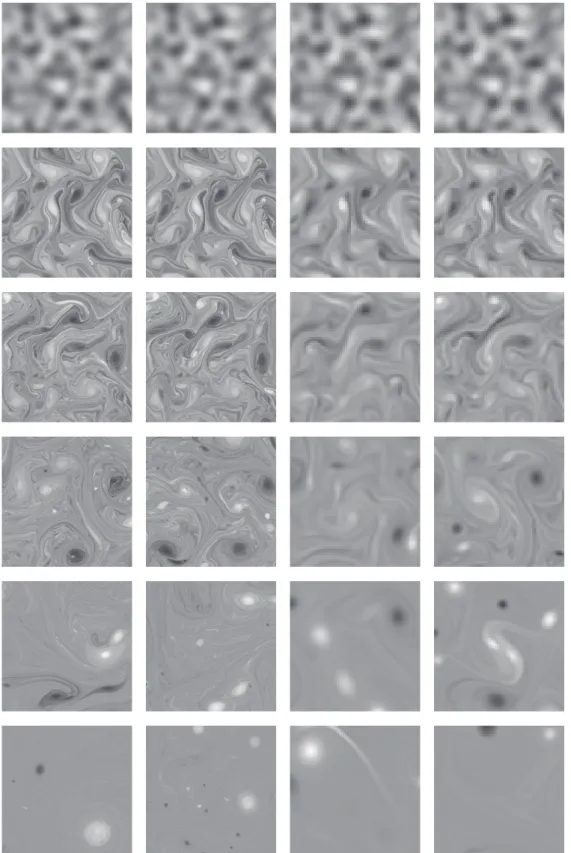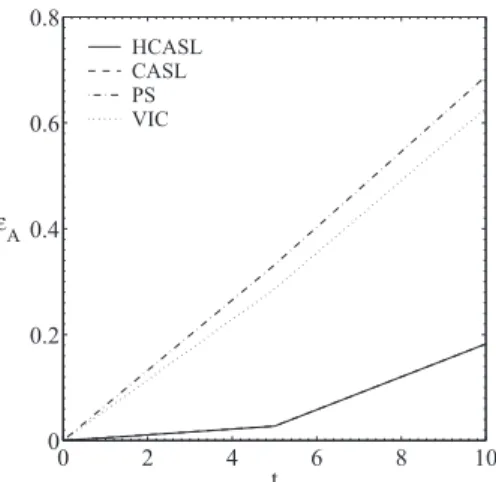The HyperCASL algorithm: A new approach to the numerical simulation of geophysical flows
Texte intégral
Figure




Documents relatifs
L’archive ouverte pluridisciplinaire HAL, est destinée au dépôt et à la diffusion de documents scientifiques de niveau recherche, publiés ou non, émanant des
Guillaume M and Van Rinsveld A (2018) Comparing Numerical Comparison Tasks: A Meta-Analysis of the Variability of the Weber Fraction Relative to the Generation
MDS codes with the Simplex code was considered (note that a 51 distance-3 MDS code, even non-linear, is always completely 52 regular [12, Cor. 6]); the result is a two-weight
We continue with algorithms to compute the matrix factorials that arise in Lemma 3.3 (§4.2) and with a numeri- cally stable algorithm to compute the characteristic polyno- mial of
According to their specifications and strategic location in the enterprise network, firewalls (personal or not) are good tools to block direct attacks coming from the outside of
In section 4, we point out the sensibility of the controllability problem with respect to the numerical approximation, and then present an efficient and robust semi-discrete scheme
If we use a basic clustering algorithm based on the minimization of the empirical distortion (such as the k-means algorithm) when we deal with noisy data, the expected criterion
• the WRMC algorithm through Propositions 2.1 (consistency of the estimation), 2.2 (asymptotic normality), and 2.3 (a first partial answer to the initial question: Does waste